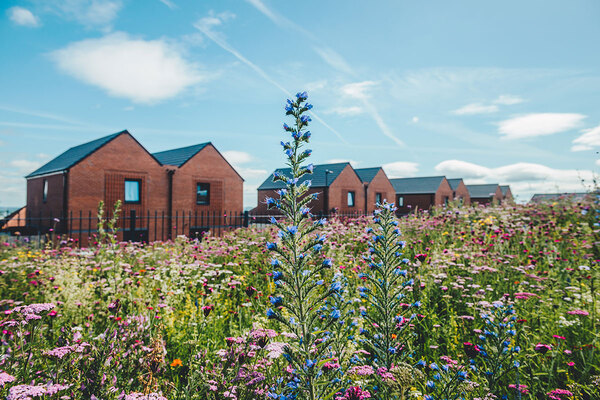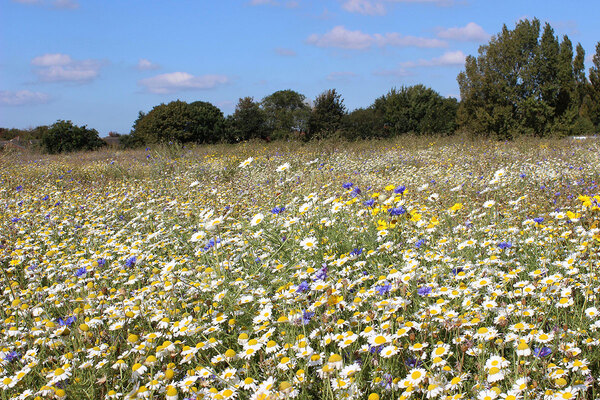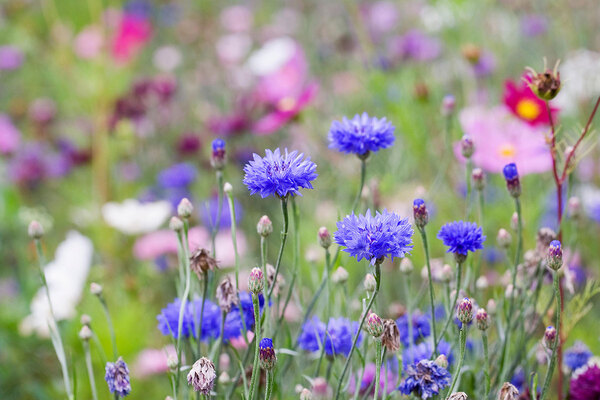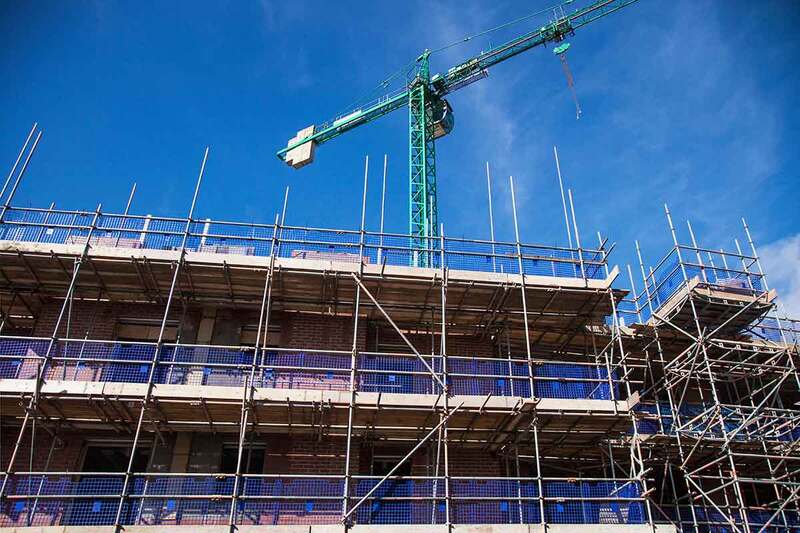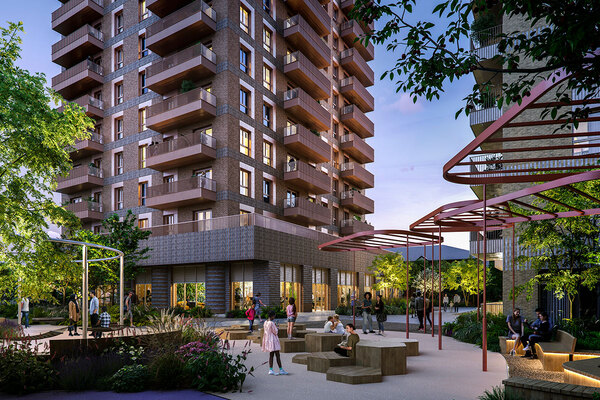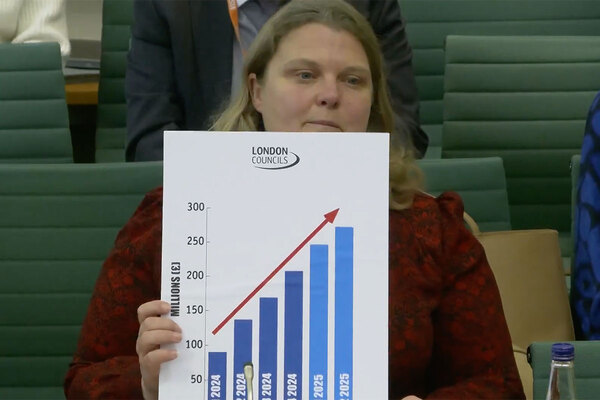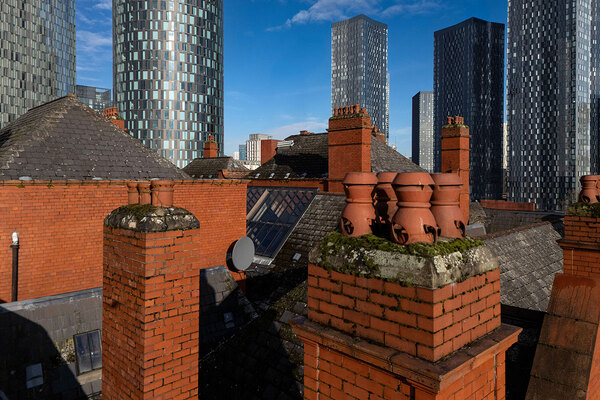The impact of biodiversity net gain regulations on housing developments
Despite the positive changes introduced by biodiversity net gain regulations, challenges loom for developers and local authorities, writes Tara Garraty
As urbanisation becomes more rapid, we are at a crossroads of maintaining our environment while meeting demands of urban growth – and this is where biodiversity net gain (BNG) regulations enter the conversation. BNG regulations are a new pathway to incorporate urbanisation, specifically tailored for housing developments in the UK, and creating positive impact on biodiversity.
Under the Town and Country Planning Act 1990, as amended by the Environment Act 2021, BNG mandates a measurable positive impact on biodiversity in new projects, with a pivotal requirement of achieving a 10% increase in BNG for compliance. These new regulations are crucial to acknowledging human activities on biodiversity without halting our development or continuing to degrade our natural world.
BNG is a progressive approach to housing development, emphasising the need for construction processes that not only avoid harming the environment but also actively contribute to its enhancement. At its core, BNG recognises the vital role of biodiversity in maintaining ecosystem health, addressing climate change, and promoting overall well-being.
By prioritising BNG, housing developments can transform into positive contributors, actively participating in the preservation and restoration of natural habitats.
This shift towards regulations such as BNG underscores that development should not be as one-dimensional but presents an opportunity to integrate human activities with the natural world. This commitment ensures that communities not only grow physically but also invest in the health and resilience of the environments they inhabit.
This ‘green’ way of thinking also leans in to the importance of human connection with nature and mental and physical well-being, which will further enhance human well-being and ecosystems, or natural spaces.
“This shift towards regulations such as BNG underscores that development should not be as one-dimensional but presents an opportunity to integrate human activities with the natural world”
Prioritising BNG leads to a range of benefits, from improved air quality to pristine water sources, ultimately creating a holistic development approach where progress aligns seamlessly with environmental betterment.
The impact of BNG regulations is palpable in the shaping of new housing developments. Developers are now mandated to integrate biodiversity considerations from the early stages of site selection to the final landscaping, which will become seamless once the regulations are well implemented and understood, as it should serve as any other consideration while developing such as planning permissions.
This new BNG ‘green’ way of thinking has also led to more creative outlets for developers as new approaches must be incorporated to offset any net loss on site first.
More widely adapted innovations that seemed novel will become integral parts of housing development design, such as the incorporation of green roofs, creation of wildlife corridors, and implementation of sustainable drainage systems.
Despite the positive changes introduced by BNG regulations, challenges loom for developers and local authorities. The primary hurdle involves the availability of suitable land for development that can concurrently facilitate BNG.
However, new sustainable ways of approaching building design such as green roofs can alleviate some of this pressure for developers. In essence, the new development approach means that processes will be adapted to involve other sectors such as landscape design and designs that incorporate ecological knowledge.
This will be a balancing act between what constraints are put on developments from the project itself and biodiversity preservation. While this is not an easy task, involving other sectors and shifting to a more creative and inclusive idea of urbanisation that incorporates nature will be worthwhile.
This new BNG ideal centres around collaboration, meticulous planning, third-party biodiversity consultants, and innovative design strategies to help developers reach the new BNG targets while continuing to expand the housing development sector.
“In essence, the new development approach means that processes will be adapted to involve other sectors such as landscape design and designs that incorporate ecological knowledge”
The future trajectory of BNG regulations indicates a likely strengthening to place greater emphasis on BNG in housing developments. Developers and local authorities must adapt to these changes by incorporating innovative design strategies, utilising advanced assessment tools, and fostering collaboration with biodiversity consultants. This adaptive approach is crucial for creating housing developments that not only fulfil residents’ needs but also contribute positively to biodiversity conservation.
BNG regulations signify a shift in mindset for our society as well as in housing development sectors. While this initial shift may present some uncertainties, prioritising urban expansion and development alongside nature will create benefits that outweigh any initial challenges. We will be transforming into a society that lives alongside nature by incorporating BNG rather than one that negatively impacts our natural world.
Tara Garraty, biodiversity specialist and sustainability scientist, Tunley Environmental
Sign up for our development and finance newsletter
Already have an account? Click here to manage your newsletters


